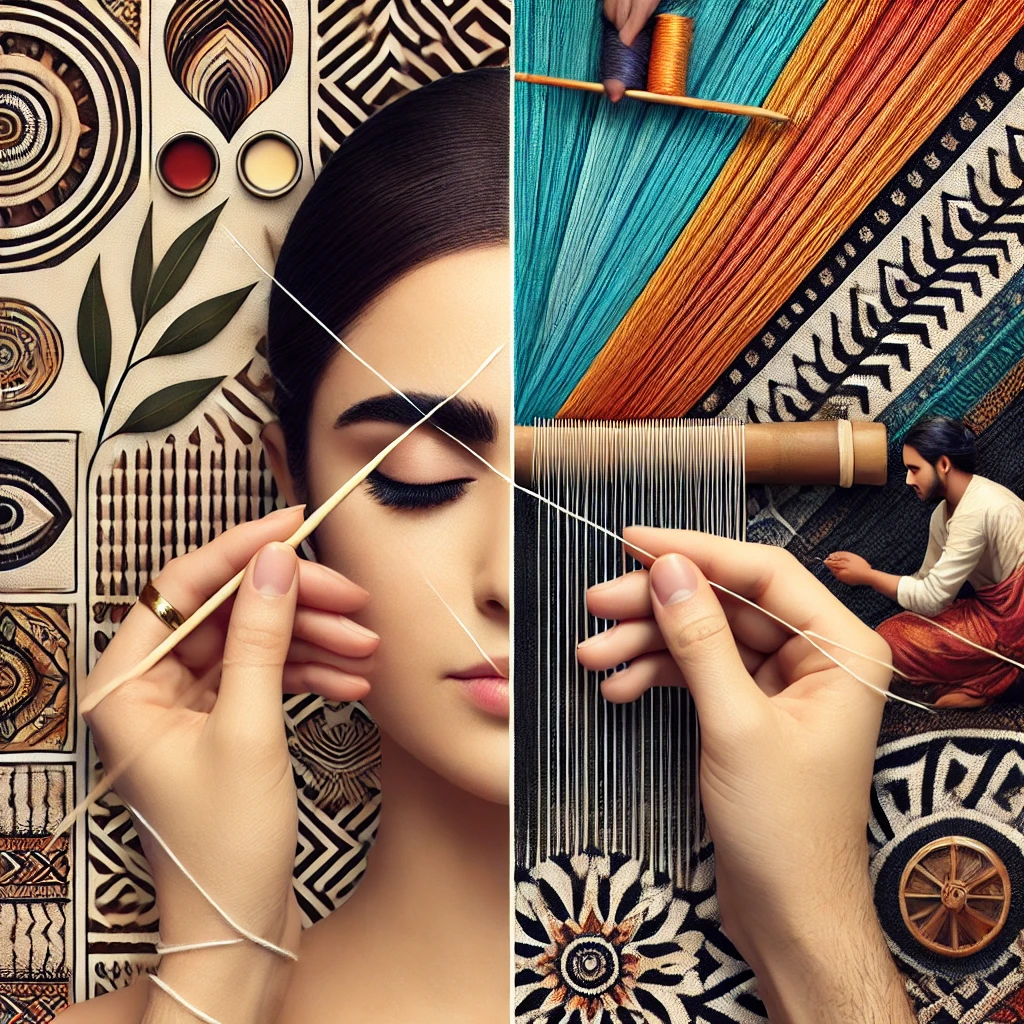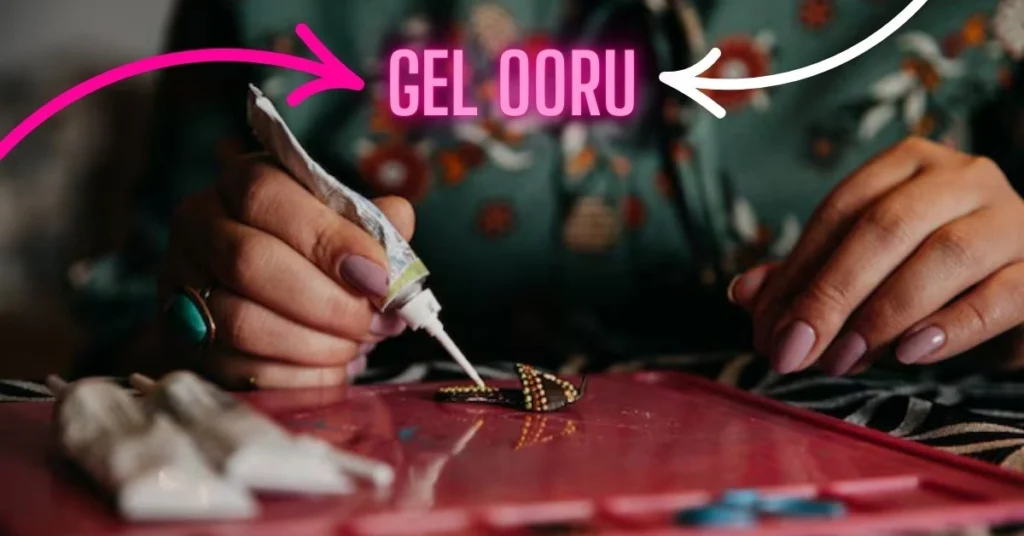The term Gel Ooru has sparked curiosity and debate due to its multiple interpretations across different regions and traditions. For some, it refers to a hair removal technique, while for others, it is an intricate textile art form. Some sources even suggest connections to culinary traditions and cultural practices.
In this article, we explore the different meanings of Gel Ooru, its historical significance, and why it remains a valuable part of cultural heritage today.
Gel Ooru as a Hair Removal Technique :
One of the most recognized interpretations of Gel Ooru is its association with traditional hair removal methods, similar to threading. This technique has been practiced for centuries, particularly in South Asian and Middle Eastern cultures, for precise and effective hair removal.
Why Choose it for Hair Removal?
-
Precision: Ideal for shaping eyebrows and removing fine facial hair.
-
Chemical-Free: Unlike waxing or laser treatments, this method is natural and suitable for sensitive skin.
-
Cost-Effective: Requires minimal tools and offers a budget-friendly alternative to salon treatments.
-
Long-Lasting Results: Removes hair from the root, leading to slower regrowth.
How Does Gel Oru Hair Removal Work?
-
Preparation: The skin is cleansed to remove dirt and oil.
-
Threading Process: A twisted cotton thread is rolled over the skin, plucking hair from the follicle.
-
Aftercare: Aloe vera or cooling lotion is applied to soothe the skin.
This method remains popular in salons and beauty treatments, particularly for facial hair removal.
Gel Ooru as Textile Art :
In some regions, Gel Ooru refers to a traditional craft, particularly textile embroidery or weaving. This artistic practice showcases cultural heritage and craftsmanship, often featuring elaborate hand-stitched patterns that tell stories through fabric.
The Beauty of Gel Oru in Textiles
-
Intricate Designs: Often inspired by nature, folklore, and regional motifs.
-
Cultural Preservation: Passed down through generations as a form of storytelling.
-
Versatility: Used in clothing, home decor, and ceremonial attire.
Why Is It Important to Preserve Gel Ooru as a Craft?
-
Supports Local Artisans: Helps sustain the livelihoods of craftspeople.
-
Preserves Cultural Heritage: Keeps ancient art forms alive for future generations.
-
Adds Unique Value: Handcrafted textiles offer something distinct from mass-produced fabrics.
Buying and promoting handmade textiles keeps this traditional craft relevant in modern fashion and design.
Gel Ooru: A Culinary Connection?
Though lesser known, some discussions around Gel Ooru connect it to food preparation techniques, particularly in traditional cuisine.
In certain communities, “Ooru” refers to a method of cooking where ingredients are slowly steamed or cured to enhance flavor. However, the connection between Gel Ooru and cuisine remains unclear due to a lack of verifiable sources.
The Role of Social Media and Misinformation on Gel :
In recent years, social media has played a role in spreading confusion about the meaning of Gel Ooru. Platforms like TikTok and YouTube have contributed to multiple interpretations, leading to:
-
Misinformation: Incorrect claims linking it to non-existent products or practices.
-
Cultural Misunderstanding: Over-simplified explanations that overlook historical context.
-
Search Engine Confusion: Different definitions appearing online without credible sources.
This highlights the importance of fact-checking and relying on verified sources when exploring cultural terms like Gel Ooru.
How to Support Gel Ooru Traditions?

If you’re interested in preserving and promoting it in its different forms:
-
For Hair Removal: Learn about natural threading techniques and support traditional beauty practices.
-
For Textile Art: Purchase handmade textiles from artisans to keep this craft alive.
-
For Cultural Awareness: Share verified information and avoid spreading misinformation online.
Conclusion :
Whether referring to hair removal, textile art, or traditional practices, it represents a rich blend of history, skill, and cultural identity. While some aspects of its meaning remain unclear, its impact across beauty, fashion, and craftsmanship is undeniable.
By learning about and respecting these traditions, we ensure that Gel remains an important cultural heritage for generations to come.
📌 External Source for Further Reading:
For more insights into cultural preservation, check out this article from Smithsonian Folk Art & Textiles.


